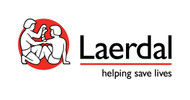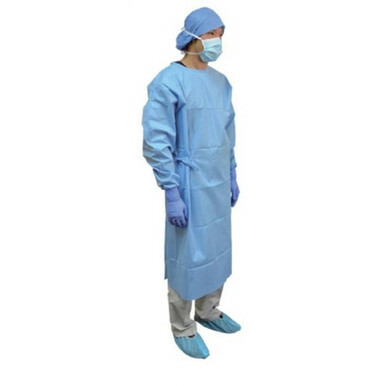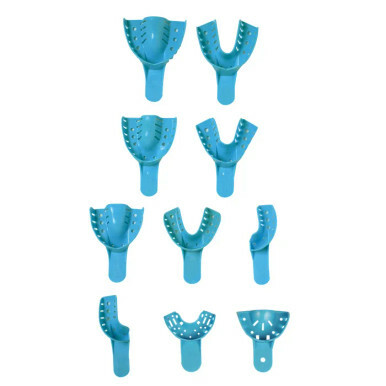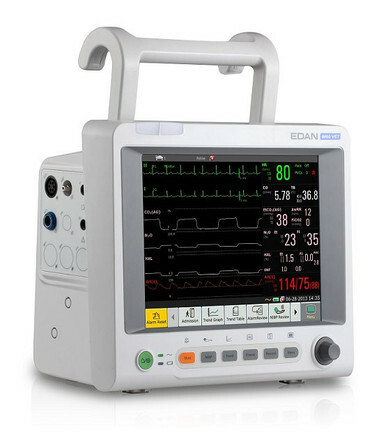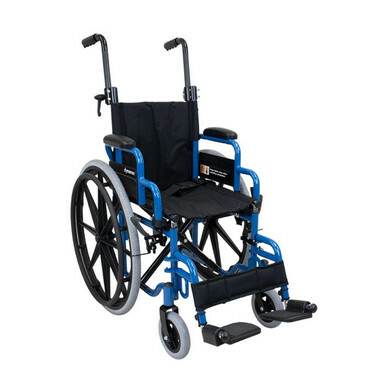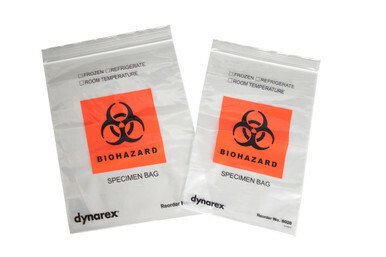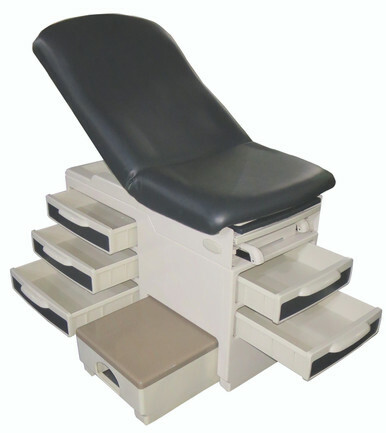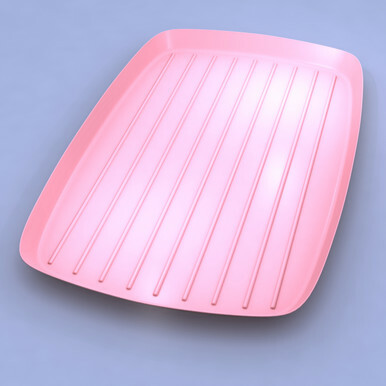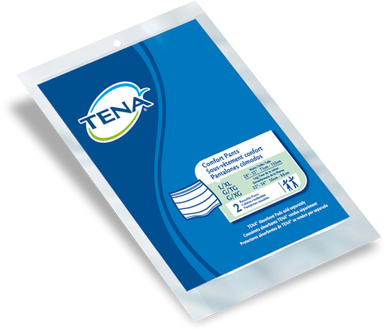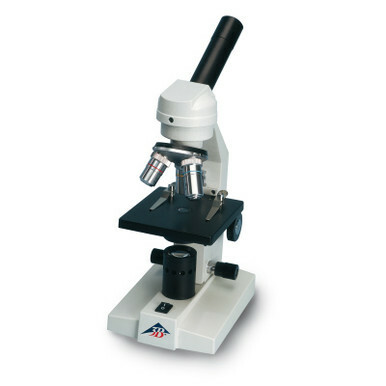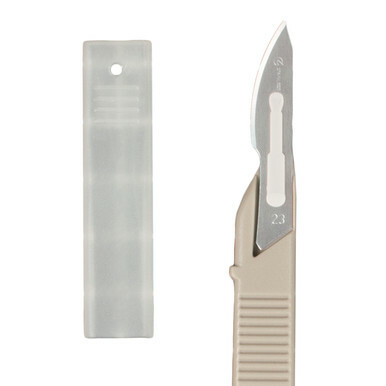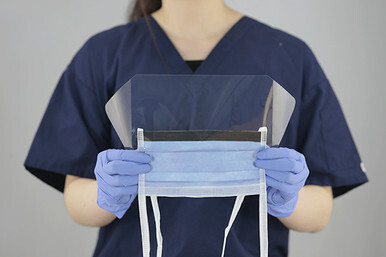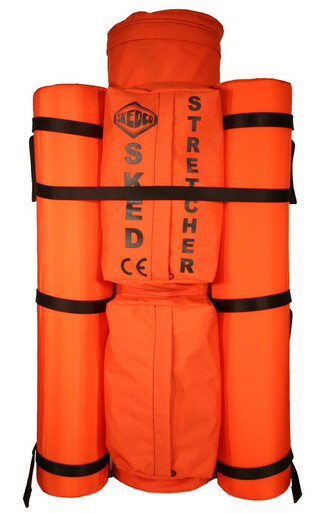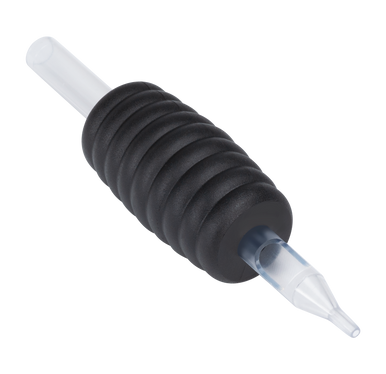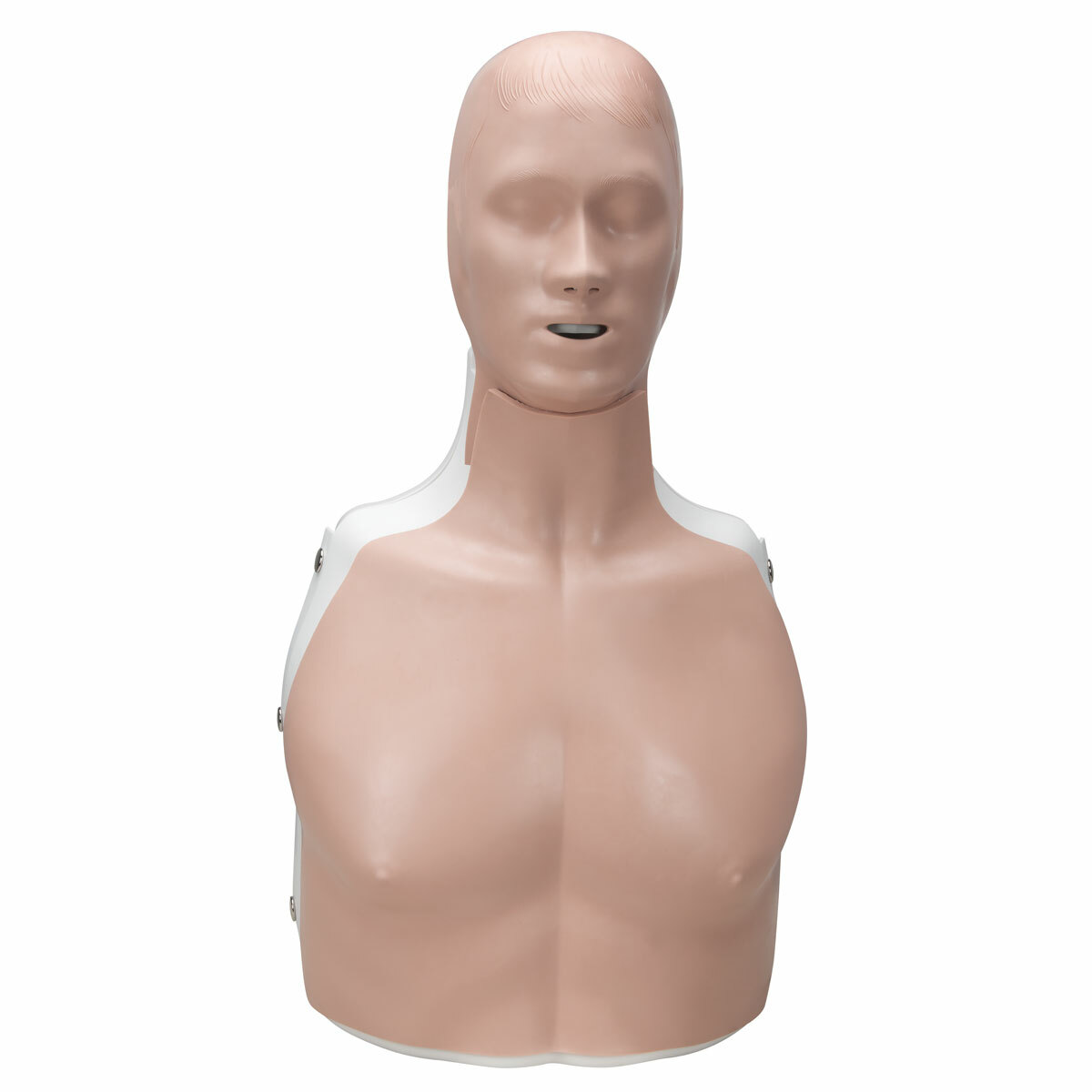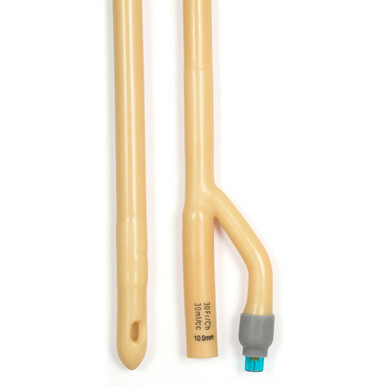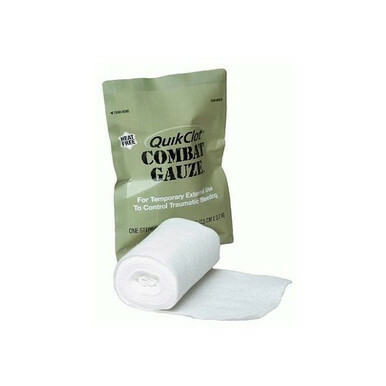Product details
Super Sager/Combo Pac #2
features the S304 Form Ill Bilateral
and the S300 Infant Bilateral. The adult/child and infant splints are contained in one forest green Sager Carry Case (the infant model is stored in a specially designed inside pocket)
MODEL: S300
Download the user's handbook for model
S300 infant Bilateral.
Size Guidelines: Sager Form III Series will fit patients ranging from a four-year-old to an adult well over 2m (7 feet) in height. With the Sager’s unique design the patient’s weight is not a problem in application. For infants and children the Sager Infant Bilateral Emergency Traction Splint will fit patients ranging in size from an infant to children six (6) years of age.
Developed at the request of Pediatric Orthopedics, the Sager Infant Bilateral is the only traction splint that will treat infants and children up to age six (6). Featuring quantifiable dynamic traction, the S300 Infant Bilateral is easy to apply, comes complete with all accessories required for use, and features stainless steel construction.
Childhood fractures are serious injuries; The greatest incidence of femoral fractures in children occur around the age of three (3). Two-thirds of all femoral fractures and the most frequent fractures occur in the middle shaft of the femur.1 In North America, fractures of the femoral shaft are common in childhood and are serious injuries.
 Extensive soft tissue damage occurs and blood loss of 500ml, or up to 20% of blood volume is common. Usually the distal fragments are laterally rotated with variable amounts of overriding.
Extensive soft tissue damage occurs and blood loss of 500ml, or up to 20% of blood volume is common. Usually the distal fragments are laterally rotated with variable amounts of overriding.Clinically, pain, deformity, swelling at the fracture site, shortening of the limb and external rotation occurs. Application of traction splinting aligns the fragments, restores near normal tissue pressure in the limb, reducing further blood loss and tissue injury, and decreasing pain. Early traction may minimize blood loss and reduce transfusions and possible complication.
Caution
Caution: Sager Emergency Traction Splints are just that – short-term emergency traction devices for use at the scene of an accident and while transporting the patient for more definitive care. Prolonged use of any traction device can cause pressure sores and/or other medical problems. If prolonged use is unavoidable, the splint contact areas should be monitored frequently and reduced traction and/or no traction and/or repositioning of the device should be considered. Please refer to local/state/federal splinting protocols for definitive guidance.
The Super Sager Form III Combo Pac #2 (Model S300-4) is a comprehensive traction splint kit designed to address femoral fractures across a wide patient demographic, from infants to adults. This combo pack includes:
-
Sager S304 Form III Bilateral Traction Splint: Specifically engineered for adults and children over age six, providing precise traction and immobilization for bilateral femoral fractures.
-
Sager S300 Infant Bilateral Traction Splint: Designed for infants and children up to age six, ensuring safe and effective treatment for bilateral femoral fractures in young patients.
Both splints feature Quantifiable Dynamic Traction™, allowing caregivers to apply and monitor consistent, adjustable traction force, ensuring optimal patient care and reducing the risk of further injury. The articulating pelvic bases enable perineal examinations without removal of the device.
Additional comfort and safety are provided by extra-wide leg cushions and a no-assembly design, making the splints ready to deploy immediately. The combo pack ensures that emergency medical services are equipped to handle a broad range of femoral fracture scenarios efficiently.
Key Features:
-
Supports bilateral femoral fractures across a wide age range.
-
Quantifiable Dynamic Traction™ for precise force application.
-
Articulating pelvic bases for patient access and comfort.
-
Extra-wide leg cushions for improved immobilization.
-
Ready-to-use design with no assembly required.
-
Compact carry case for easy storage and transport.
This combo pack is ideal for EMS providers, hospitals, and rescue teams needing reliable and efficient immobilization for complex femoral injuries across various age groups.



